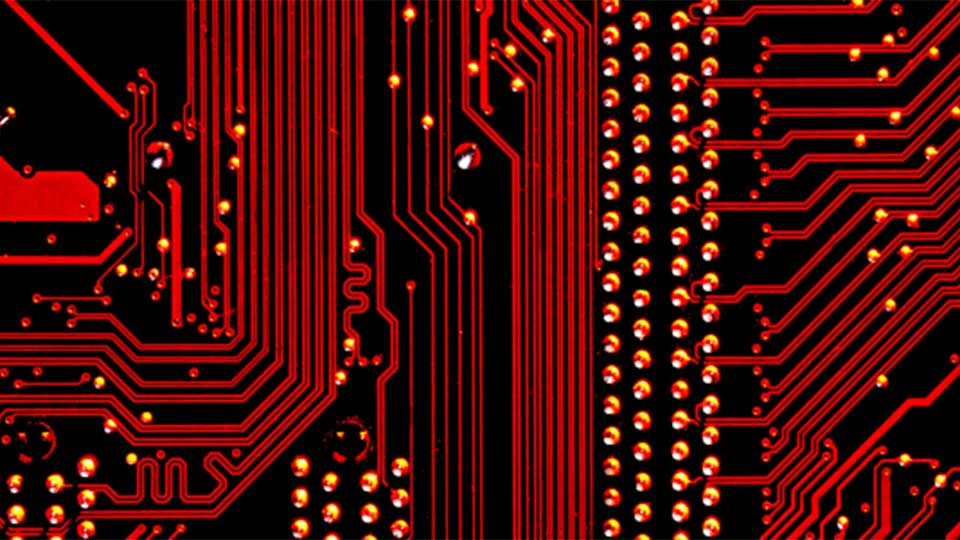Advanced material characterisation to underpin design, manufacture and reliability analysis of electronics interconnections

To enable high performance and robust electric transport the correlations between reliability and the microstructure of electronics interconnections must be understood.
Our aim
The team at Loughborough spans materials, manufacturing processes, advanced numerical modelling and characterisation. Characterisation of wide range interconnected materials is essential to provide physical and analytical attributes to inform design, materials and process developments, as well as fundamental reliability physics.
We have several projects aiming to improve and develop new and existing interconnect (e.g. soldering, sintering and bonding) technologies for wide band gap (WBG) semiconductor devices, which permits the miniaturisation of the power controls in electric vehicles for higher frequency, efficiency and temperature. With interconnects increasingly downscaling it comes at the cost of reliability due to electro-migration as well as thermo-migration, demanding across meso- micro- to nano- scale the microstructure and failure modes of interconnects (e.g. solders) at elevated temperatures.
With the aid of Plasma Focused Ion Beam (P-FIB), which is capable of sectioning the samples from various regions of the interconnects, Electron microscopy with the incorporated elemental analytical tools can reveal the detailed microstructural features and properties such and phase, crystal type, orientation and residual stress. It is these properties along with macro and micro scale testing which will be used to quantify the effects of material processing on their performance and reliability as a result of thermal, electrical and mechanical loading and possibly their coupling, which can be examined ex-situ and in-situ.
Our research
These projects utilise the Loughborough materials characterisation centre, a world class microscopy facility which includes a P-FIB, transmission electron microscopy (TEM) and a range of scanning electron microscopes (SEM). The P-FIB is a uniquely useful piece of equipment for micro to nano scale characterisation as the xenon plasma ions are not as deleterious as previously used gallium ions at a much short time frame.
Our outcomes
Novel results have been acquired through in-situ thermal aging of solder materials bonded using quasi-ambient bonding process, as well as mechanical cantilever bending of micro-pillar produced by P-FIB. Using in situ heating in the scanning electron microscope a technique for measuring the coefficient of thermal expansion (CTE) of materials on the micro- scale is being developed.
Project lead: Professor Changqing Liu
This is an exciting time, with the advanced materials characterisation facilities based at LMCC, we can acquire more in-depth fundamental understanding on the materials and their behaviour in the middle of developing future generation advanced interconnect materials (AIMs) meeting all potential severe, harsh and extreme requirements.